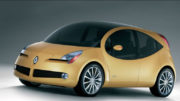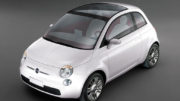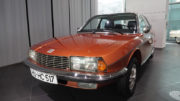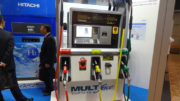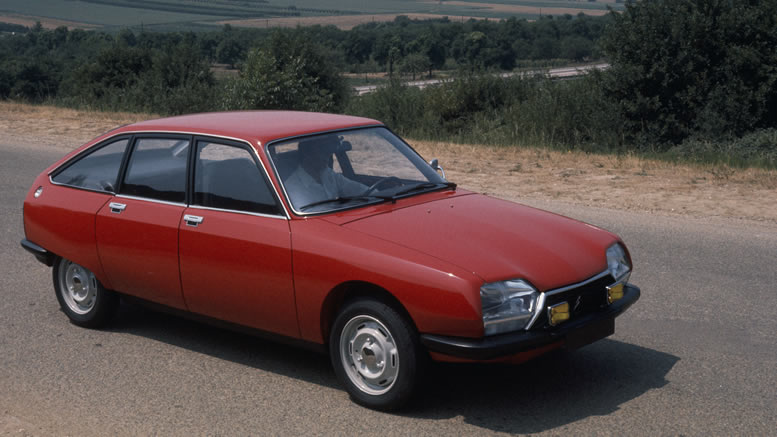 The Citroen GS and GSA was a car that was made in France from 1970 to 1986. Its unique styling and design led to 2.5 million cars being produced and it even won a European car of the Year in 1971.
The Citroen GS and GSA was a car that was made in France from 1970 to 1986. Its unique styling and design led to 2.5 million cars being produced and it even won a European car of the Year in 1971.
The body design of the GS was rather futuristic when it was released and it was a big change from other cars on the road at the time. The futuristic design Citroen always took when designing their cars led to car designs like the DS that many called a space ship, in contrast the GS was a lot more conservative look that held up well during its lifetime.
Under the bonnet the GS was very different from many other cars available at the time, the majority of the GS used an all alloy flat four engine that was air cooled. Also available from 1973 to 1977 was a luxury version with a rotary engine derived from the NSU Ro-80, only 847 GS Birotors were made. Citroen ended up buying back as many GS Birotors as they could through a recall and ended up crushing them. This makes the Birotor an extremely rare car as many were not returned and still survive today. Citroen’s decision was probably not totally based on the reliability problems associated with the Birotor, but more about economics. In 1977 NSU, the source of the GS Birotors motor, ceased to exist as it was merged with Audi/VW. This left Citroen without a cheap parts source for the 847 cars it had made, the choice between getting rid of 800 odd cars or setting up their own spares manufacturing operation was probably a simple one.
The GS also featured the self leveling hydropnueumatic suspension that Citroen pioneered with the DS, along with four wheel disk brakes the car was a good handler. As the layout of the engine was a flat four or a rotary (that are normally quite small) there was plenty of room under the bonnet to fit the spare wheel. another interesting part of the layout placed the front braked inboard right next to the gearbox on the output shafts, this also help give the GS a good turning circle.
The interior of the GS and the GSA was also unique with both featuring a single spoke steering wheel that came out from a large pod that put the indicator stalk in easy reach. This idea was further developed in the face lifted GSA, which had two large satellite controls that housed wipers and indicator controls (now switches instead of stalks) and as many lights across the instrument panel as a 747. The GS was the first Citroen to feature a speedo many dubbed the cyclops eye. Basically it was a magnified circle that a disk that contained the speed you were going revolved around in, other info like stopping distance and different colours for suggested gearing were also depicted.
The GS was destined to be replaced by the BX that was launched in 1982, the BX was more modern with a more convention engine, the BX used hydropnueumatic suspension like the GS and until its 86 facelift the BX featured an even more space age dash than the GS

